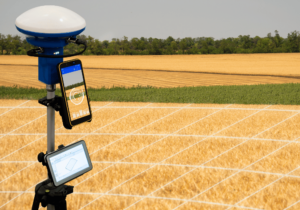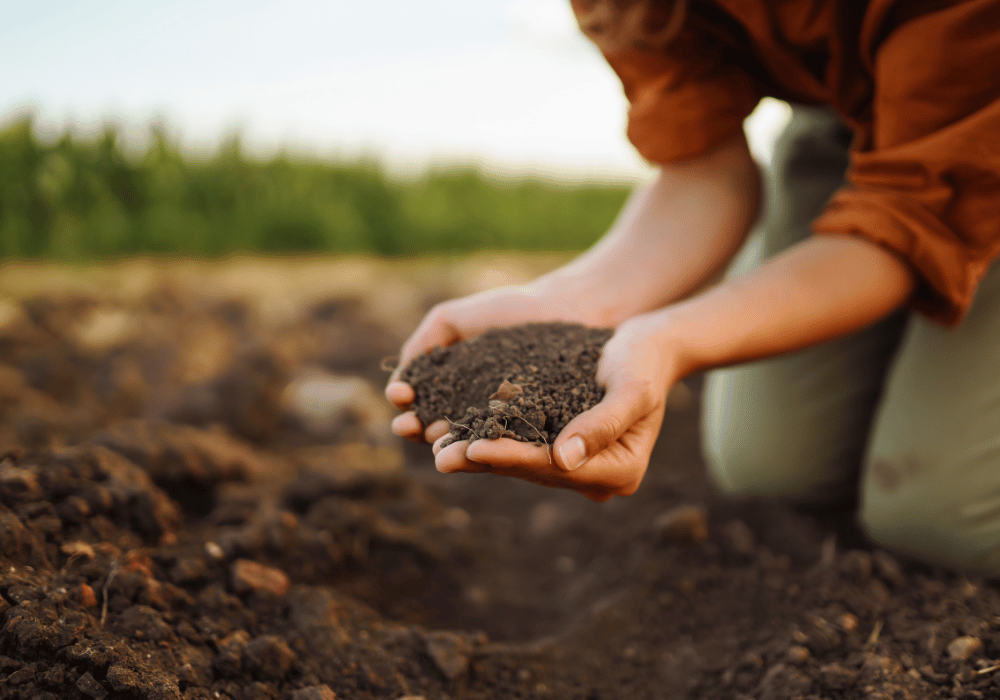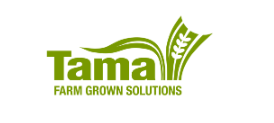In the world of agriculture, the health of soil is the lifeblood of productive farming. But as we push for higher yields and more efficient farming practices, we often overlook the critical importance of maintaining soil health and fertility. In this post, we will explore how farmers and agricultural enthusiasts can adopt best practices to ensure long-term productivity. From understanding soil nutrients to leveraging technology, every detail contributes to a thriving, sustainable farm.
 The Foundation of Farming Success
The Foundation of Farming Success
Healthy soil is at the core of successful farming. It’s not just about planting seeds and waiting for them to grow; it’s about cultivating an environment where plants can thrive. Healthy soil provides the essential nutrients, water, and support that plants need to grow. Without it, crops struggle to reach their full potential, leading to reduced yields and lower-quality produce.
Farmers who prioritize soil health are investing in the future of their farms. By maintaining healthy soil, they can ensure consistent, high-quality yields year after year. This isn’t just good for the bottom line; it’s also beneficial for the environment and the broader community.
In the sections that follow, we’ll explore various aspects of soil health and fertility. From understanding the role of microorganisms to practical tips for maintaining soil health, we’ll cover everything you need to know to cultivate a thriving farm.
Understanding Soil Fertility: Nutrients and Microorganisms
At the heart of soil fertility are nutrients and microorganisms. These components work together to create a rich, supportive environment for plant growth. Understanding their roles can help farmers make informed decisions about soil management.
Nutrients
Nutrients are the building blocks of plant growth. Essential nutrients like nitrogen, phosphorus, and potassium are critical for plant development. Without these nutrients, plants can’t grow properly, leading to stunted growth and poor yields.
Farmers can manage soil nutrients through regular soil testing and balanced fertilization. By understanding the nutrient levels in their soil, they can apply the right amounts of fertilizers to maintain optimal fertility. This not only supports healthy plant growth but also prevents nutrient runoff and environmental pollution.
Microorganisms
Microorganisms play a vital role in soil health. These tiny organisms break down organic matter, releasing nutrients that plants can absorb. They also help improve soil structure, making it easier for roots to penetrate and access water and nutrients.
Encouraging a diverse population of microorganisms can enhance soil fertility. Farmers can do this by adding organic matter to the soil, reducing the use of chemical pesticides, and practicing crop rotation. These practices create a healthy, balanced ecosystem where microorganisms can thrive.
Best Practices for Maintaining Soil Health
Maintaining soil health requires a combination of techniques. By implementing best practices, farmers can create a sustainable, productive farming system. Here are some key strategies to consider.
Crop Rotation
Crop rotation involves changing the types of crops grown in a particular field from season to season. This practice helps prevent soil depletion and reduces the risk of pests and diseases.
By rotating crops, farmers can break pest and disease cycles, reducing the need for chemical treatments. Additionally, different crops have different nutrient requirements, so rotating them helps maintain balanced soil fertility.
Cover Crops
Cover crops are planted during the off-season to protect and enrich the soil. These crops, such as clover or ryegrass, help prevent erosion, improve soil structure, and add organic matter to the soil.
Cover crops also help suppress weeds and reduce the need for herbicides. By improving soil health during the off-season, farmers can set the stage for a successful growing season.
Reduced Tillage
Traditional tilling practices can disrupt soil structure and harm microorganisms. Reduced tillage, or no-till farming, minimizes soil disturbance, preserving its natural structure and promoting healthy root systems.
Reduced tillage also helps retain moisture and reduce erosion. While it may require specialized equipment, the long-term benefits to soil health make it a worthwhile investment.
Proper Irrigation and Drainage
Water management is crucial for soil health. Proper irrigation ensures that plants receive the right amount of water without over-watering or causing erosion. Efficient drainage prevents waterlogging, which can damage roots and reduce soil fertility.
Farmers can use technologies like drip irrigation and soil moisture sensors to optimize water usage. By managing water effectively, they can support healthy plant growth and maintain soil structure.
Organic Matter Management
Adding organic matter to the soil is one of the best ways to improve soil health. Organic matter, such as compost or manure, provides essential nutrients and improves soil structure.
Regularly incorporating organic matter helps maintain soil fertility and supports a diverse population of microorganisms. It also enhances water retention, reducing the need for frequent irrigation.
Balanced Fertilization
Fertilization is essential for maintaining soil fertility, but it must be done carefully. Over-fertilizing can lead to nutrient runoff and environmental pollution, while under-fertilizing can result in poor plant growth.
Farmers should use soil tests to guide their fertilization practices. By applying the right amounts of fertilizers based on soil nutrient levels, they can maintain balanced fertility and support healthy plant growth.
 The Role of Technology in Soil Health Management
The Role of Technology in Soil Health Management
Technology is transforming agriculture, offering new tools for managing soil health. From precision farming to data analytics, technological advancements are helping farmers make more informed decisions.
Precision Farming
Precision farming uses GPS and data analytics to optimize field-level management. By collecting and analyzing data on soil conditions, moisture levels, and crop health, farmers can apply inputs more efficiently.
This targeted approach reduces waste, conserves resources, and improves yields. Farmers can use precision farming tools to manage soil health more effectively, ensuring that each field receives the care it needs.
Soil Monitoring Sensors
Soil monitoring sensors provide real-time data on soil conditions. These sensors measure factors like moisture levels, temperature, and nutrient content, helping farmers monitor soil health continuously.
With this data, farmers can make timely adjustments to their irrigation and fertilization practices. Soil sensors provide valuable insights that support proactive soil management.
Data Analytics
Data analytics platforms collect and analyze data from various sources, including weather reports, satellite imagery, and soil sensors. By integrating this data, farmers can gain a comprehensive understanding of their soil health.
Data analytics can identify trends and patterns that may not be apparent through manual observation. This information helps farmers make informed decisions about soil management, improving both productivity and sustainability.
Cultivating a Sustainable Future
The future of agriculture depends on healthy soil. By adopting best practices and leveraging technology, farmers can ensure long-term productivity and sustainability. Healthy soil supports thriving crops, reduces the need for chemical inputs, and protects the environment.
Farmers who prioritize soil health are investing in the future of their farms and the broader community. By maintaining soil fertility and promoting sustainable practices, they can contribute to a more resilient agricultural system.
To learn more about soil health and sustainable farming practices, consider reaching out to agricultural experts or joining farming communities. By sharing knowledge and experiences, farmers can work together to cultivate a healthier, more productive future.
In conclusion, soil health and fertility are critical components of successful farming. By understanding the role of nutrients and microorganisms, implementing best practices, and leveraging technology, farmers can create a sustainable, productive farming system. Investing in soil health today will yield benefits for years to come, ensuring the long-term success of farms and the broader agricultural community.

























